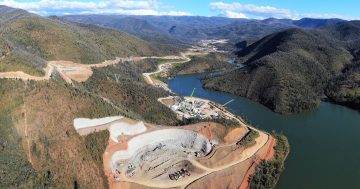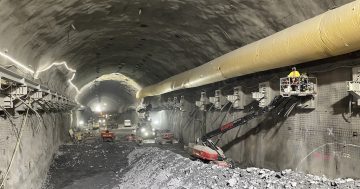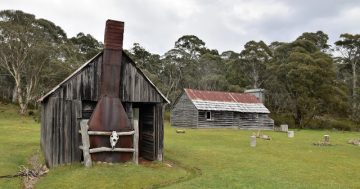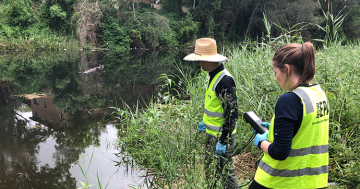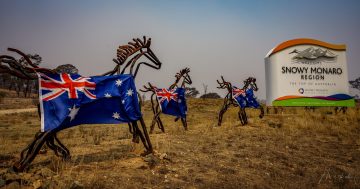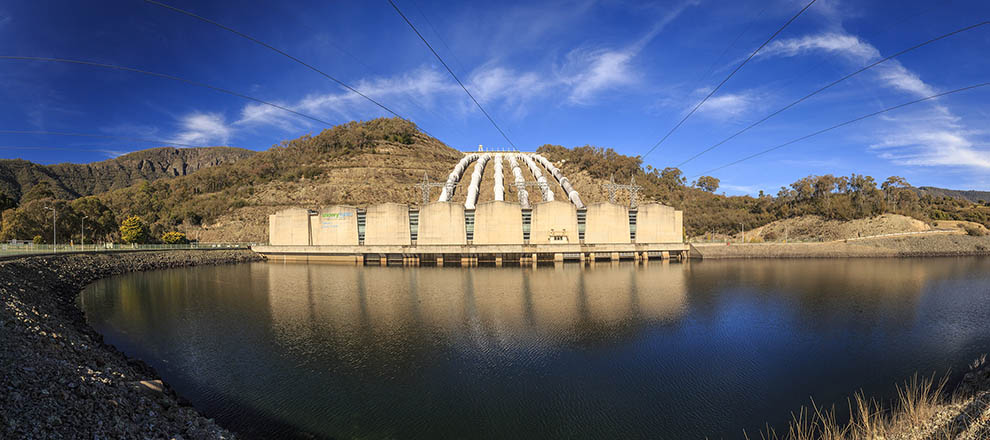
Snowy Hydro’s Tumut3 power station and the Talbingo Reservoir. Photo: Snowy Hydro.
The National Parks Association of NSW has rejected measures put in place by the NSW Planning Minister to limit and remediate the impacts of exploratory works associated with Snowy 2.0.
The Berejiklian Government gave this first step in the bigger project the green light this week.
NSW Planning Minister, Anthony Roberts says the approval will allow for the investigation of underground conditions at the proposed location for a power station cavern.
“Snowy Hydro Limited sought approval to construct a 3.1km tunnel and supporting infrastructure, as part of the exploratory works for Snowy 2.0,” Mr Roberts says.
“This approval allows essential geological information to be gathered for the detailed design of the underground power station,” Mr Roberts says.
The exploratory works will take place in Lobs Hole Ravine region, the Minister says they are subject to strict conditions to address concerns about impacts on Kosciuszko National Park.
“Under the conditions of approval, Snowy Hydro is required to pay $10.5 million to offset the impacts of the exploratory works project on the National Park,” Mr Roberts says.
“These funds would be used by the National Parks and Wildlife Service to improve catchment health and to support the National Park’s unique environmental, heritage and recreational value.”
Other conditions of approval include:
- Detailed management plans to minimise traffic, water, biodiversity and heritage impacts and manage rehabilitation of the disturbed areas;
- Strict measures for the management of works involving the placement of material in Talbingo Reservoir;
- The provision of new recreational facilities at the Talbingo Reservoir if current areas are impacted by the project;
- Notifications to the community about road users on the local networks and water users on the Talbingo Reservoir;
- Rehabilitation following decommissioning.
Speaking with Region Media, a spokesperson for the National Parks Association (NPA) of NSW has labelled the measures as unsatisfactory.
“It recognises that the works will do $10.5 million worth of damage, National Parks have been set aside for unique and fragile environments,” he says.
“Kosciuszko National Park is NSW’s biggest. It’s an area of extraordinary, unique beauty and ecological significance, protecting rare alpine ecosystems that cover just 0.001% of the Australian continent,” he says.
“It is home to many threatened animals like the Northern Corroboree Frog, Southern Corroboree Frog, Alpine Water Skink, Alpine Spiny Crayfish, Alpine She-oak Skink and Alpine Tree Frog along with myriad native plants.
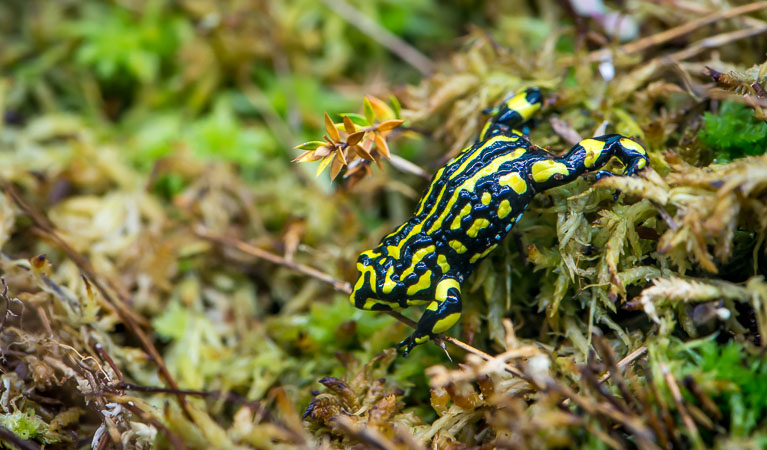
Southern Corroboree Frog within Kosciuszko National Park. Photo: NSW National Parks.
The NPA says the landscape and biodiversity of Kosciuszko has already suffered from multiple human interventions – cattle and sheep grazing, the construction of resorts for summer and winter holidaymakers, mountain bike trails, feral horses and other introduced pests and the construction of the Snowy Mountains Hydro-Electric Scheme.
“While a nation-building project, the Snowy Mountains Hydro Scheme caused enormous environmental damage across 380 sites, 36 requiring major earthworks and revegetation,” the NPA spokesperson says.
While the NPA supports a shift to renewable energy to decarbonise the electricity sector and supports pumped hydro as a component of this shift, it remains opposed to Snowy 2.0 despite the government’s assurances.
The NPA lists a number of key concerns related to the exploratory works approved this week and the bigger project to follow:
- Over 7 million cubic meters of rock spoil will be excavated from tunnelling—enough to cover a football field to a height of 1.5km;
- New high-voltage transmission lines and towers will require an easement 100m wide and 10km long to be cut through intact bushland;
- Thirty kilometres of roads will require upgrading, widening and extension, some in sensitive areas;
- A 200-hectare clearing along a 1-kilometre section of the Yarrangobilly River will be made at Lob’s Hole for a construction site and spoil dump;
- Noxious fish will be transported from Talbingo up to Tantangara Reservoir and thence throughout the Snowy Scheme and its downstream rivers for 1000’s of kilometres to the sea.
“All of this is to take place in a national-heritage listed National Park,” the spokesperson says.
The NPA says the idea of providing offsets and compensation is deeply flawed and one “that typically acts to rubber-stamp development no matter what the impacts.
The NSW Government says Snowy 2.0 could increase the generation capacity of the existing Snowy Scheme by almost 50 per cent and provide 350,000-megawatt hours of large-scale storage capacity for the National Energy Market.
Snowy Hydro will be submitting an Environmental Impact Statement later this year for the Snowy 2.0 main works involving the construction of an underground power station with a generating capacity of around 2,000 megawatts and approximately 27km of power waterways linking the existing Tantangara and Talbingo Reservoirs.
The Snowy 2.0 main works EIS will be publicly exhibited and is expected to be submitted in the first half of this year.
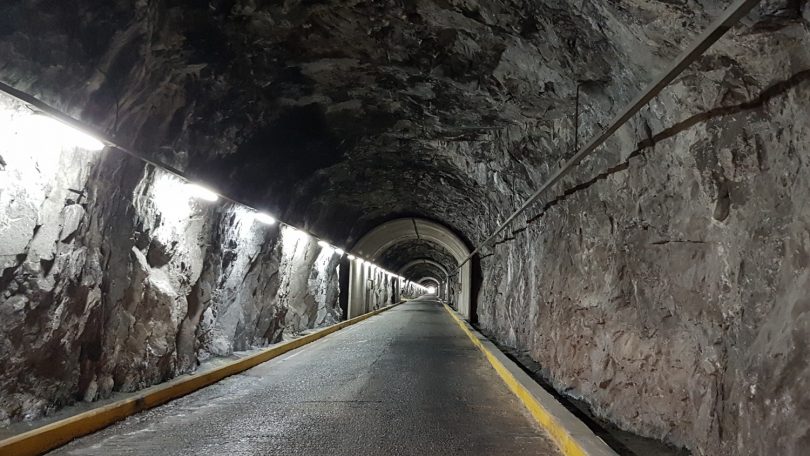
The exploratory tunnel to the site of the underground power station will be 3.1 km in length, dome-shaped, 8m high by 8m wide. Photo: Snowy Hydro website.
The exploratory works approved this week are expected to start shortly and will take 18 to 34 months to finalise. Road and access works will begin first. All going to plan Snowy 2.0 could be operational by 2025.
“No consideration is being given to alternative pumped hydro solutions, despite this being a requirement of an EIS as detailed in Schedule 2 of the Environmental Planning and Assessment Regulation 2000,” the NPA spokesperson says.
“Alternatives do exist, both within the Snowy Scheme, with much less environmental damage, and outside Kosciuszko National Park. These must be considered before any approval is given to construct Snowy 2.0.”






